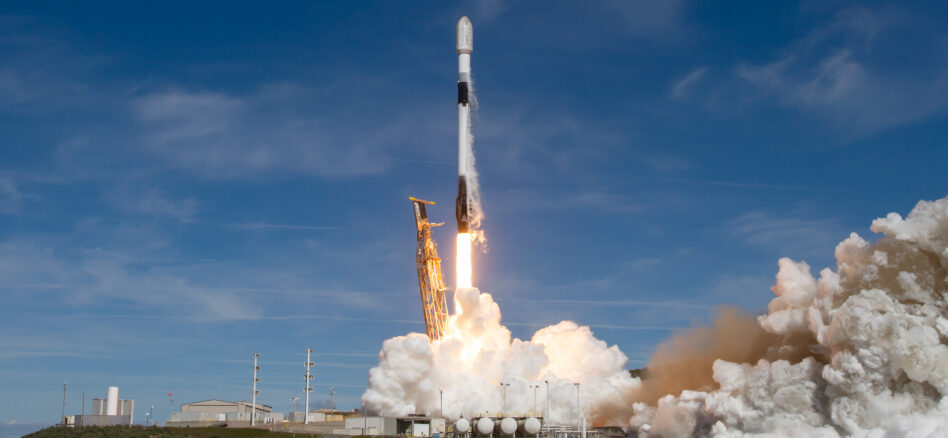It’s a bird, it’s a plane…it’s a Falcon 9, careening off to orbit laden with payloads from far and wide.
Yesterday, SpaceX launched its tenth rideshare mission. Transporter days are always packed with announcements from across the space startup ecosystem, as young companies send their first sats to orbit and established players add birds to their growing constellations.
This time around, the launch juggernaut sent 53 payloads to orbit and reused a booster for the fifth time. Here’s our roundup of the passengers.
New in town
Several companies took advantage of the comparatively low-cost ride to space that Transporter missions offer to get their first spacecraft to orbit.
Apex Space Systems: The LA-based satellite manufacturer sent up the first build of its Aries bus. The company went from beginning design to qualifying the satellite for flight in less than a year. It carried a handful of customer payloads, including a compute board for space tech firm Ubotica and three payloads for major defense primes, the company told Payload in January.
True Anomaly: The Colorado startup building spacecraft specifically designed to support national defense and security programs is launching its first two Jackals. These will be testing out rendezvous and proximity operations, and each will be making observations of the other to help the company build better tech for in-orbit surveillance of adversary assets.
Transfers available
Two new Orbital Transfer Vehicle (OTV) companies flew new hardware on the mission.
Atomos Space: The Denver-based startup sent a demonstration mission dubbed The Singing Astronomer—named after astronomer and opera singer Caroline Herschel—to test out its rendezvous and proximity operations in space. The mission’s two spacecraft, Quark-LITE and Gluon, will perform refueling operations in orbit to pave the way for the first Quark OTV.
Space Machines Company: SMC launched its first Optimus OTV, which carried a suite of customer payloads to space. The 270-kg spacecraft can maneuver around to deposit its riders into specific orbits.
Get connected
Communications tech took a central role on this flight.
Lynk up: In another step forward for its direct-to-cell constellation, Lynk Global launched Tower 5 and Tower 6. These satellites, launched stacked together, will provide cell messaging services from space.
Internet of Things: OQ Technologies had two satellites flying on Transporter-10. Tiger-7 and Tiger-8 will provide 5G connectivity for IoT services.
Lockheed x Terran: The collab of the moment is launching the Pony Express 2 mission, which will test out a suite of advanced RF communications and networking technologies.
Best of the rest
There are always more interesting missions flying than we can sufficiently feature in one little newsletter story…but this is us trying:
- Methane detection: The Environmental Defense Fund manifested MethaneSat, an imaging satellite with a BAE-built spectrometer aboard that will look for point sources of methane emissions, focusing on oil and gas production regions.
- Very high res: Aerospacelab launched four sensing satellites—the first time the company has launched multiple birds at once. One of the four is a very high-resolution imager, and the other three will collect RF observations of the Earth’s surface.
- Data as a service: Sidus Space ($SIDU) launched its first LizzieSats, which will collect hyperspectral imagery and are intended to kickstart the company’s data-as-a-service model.




